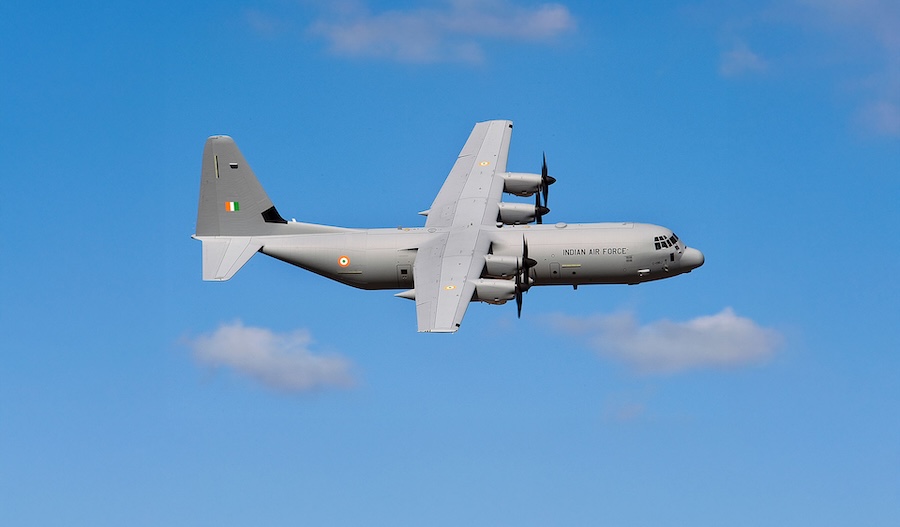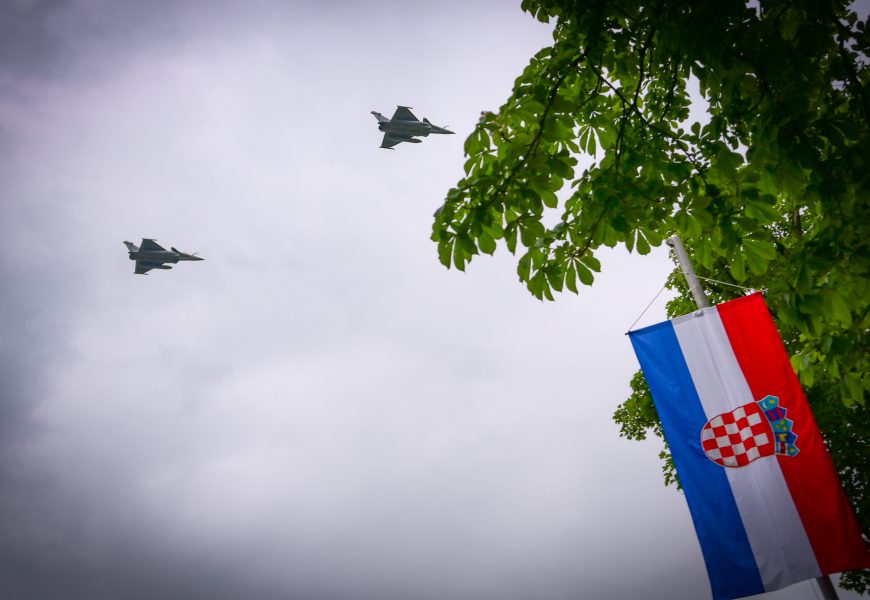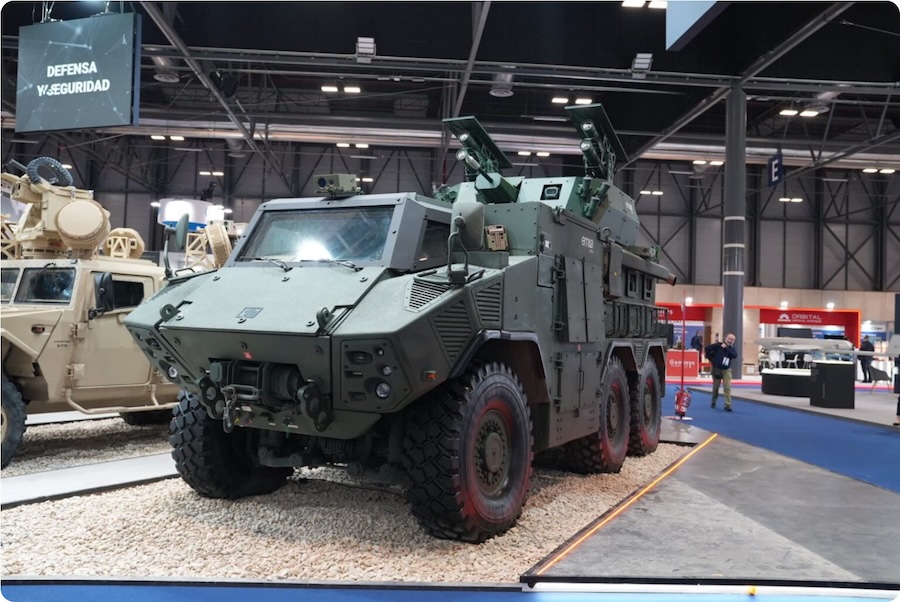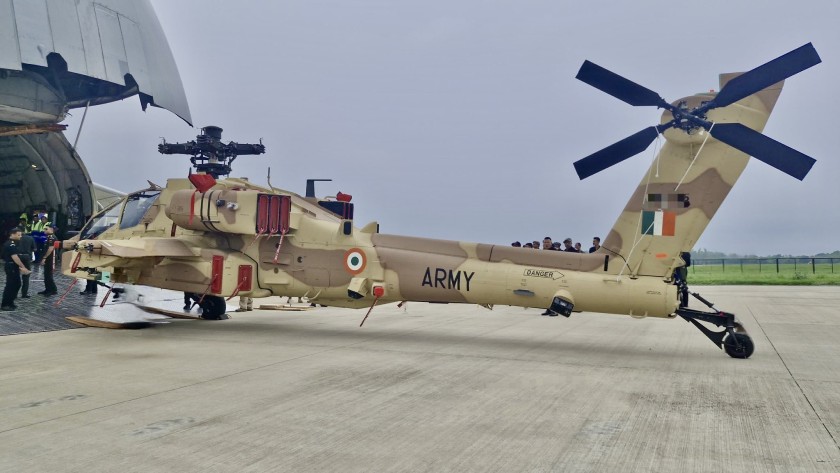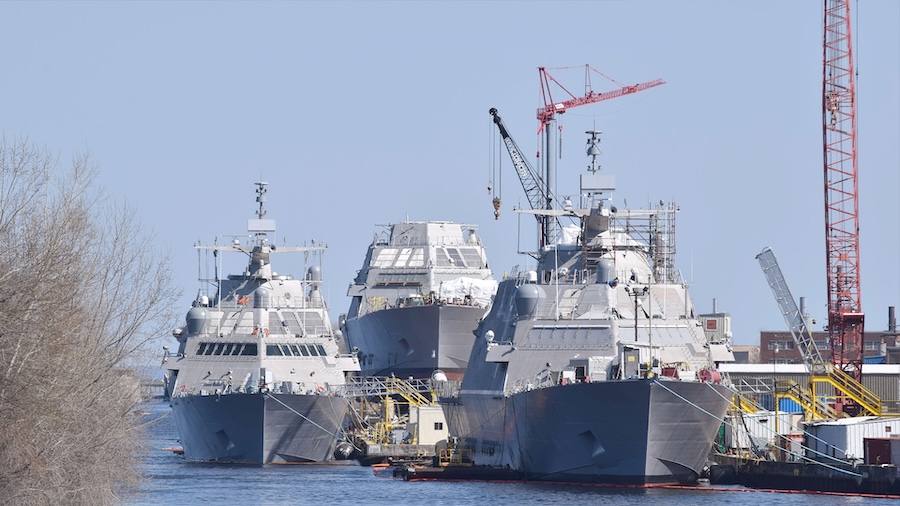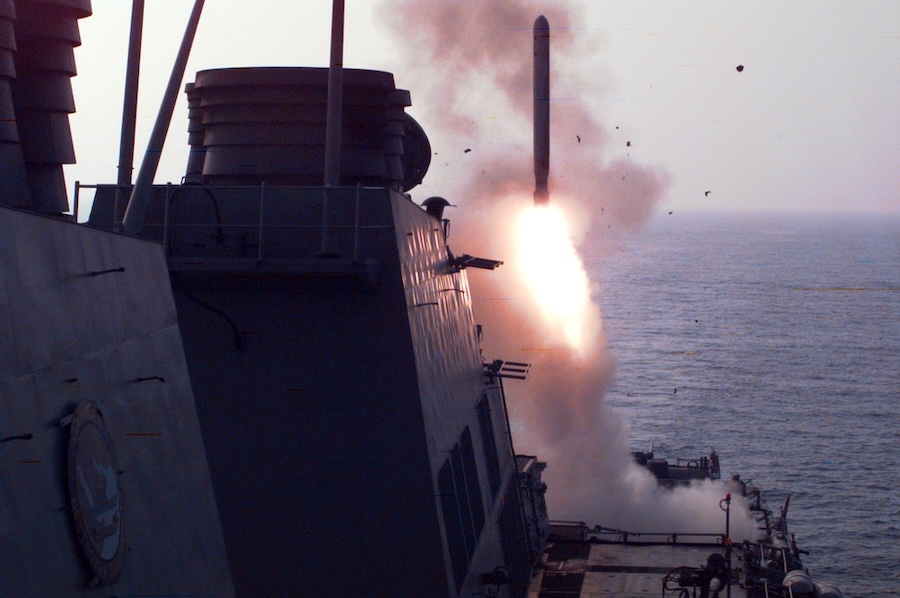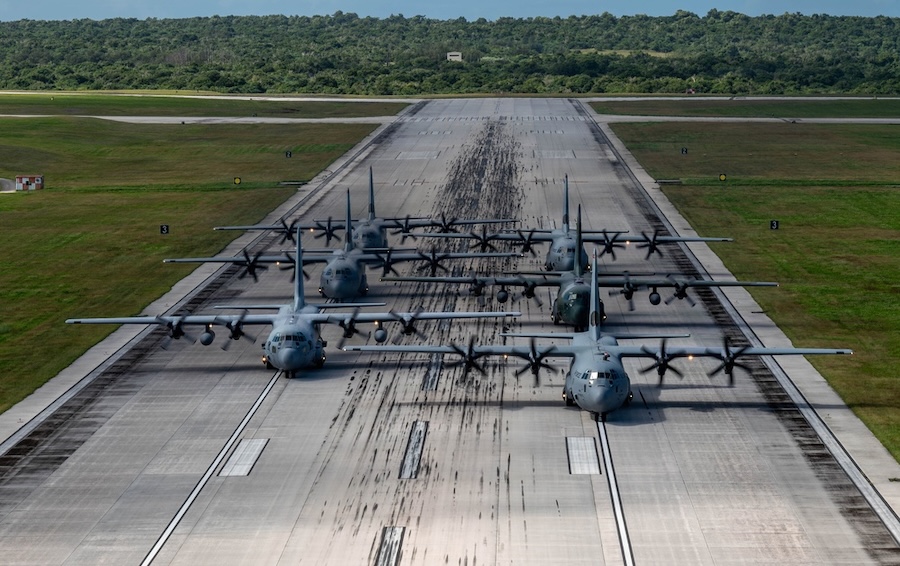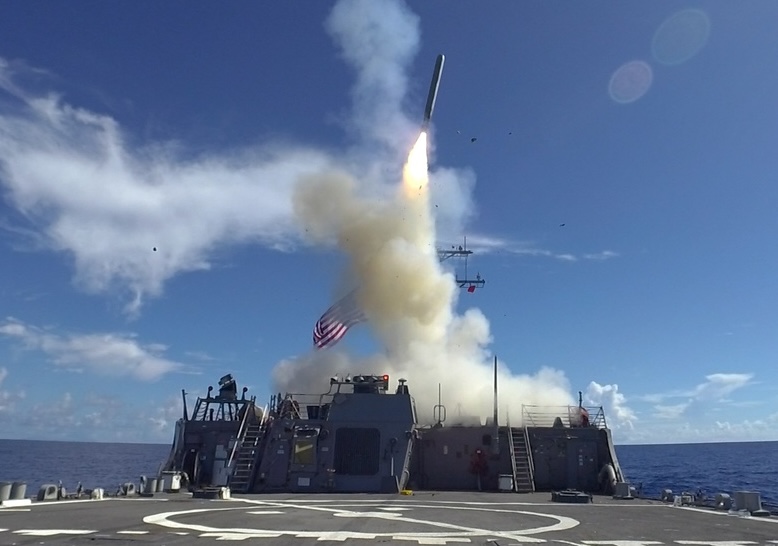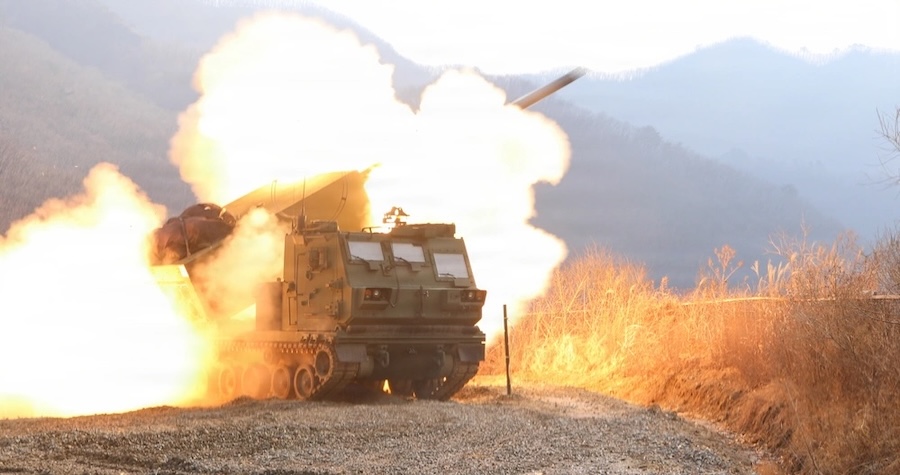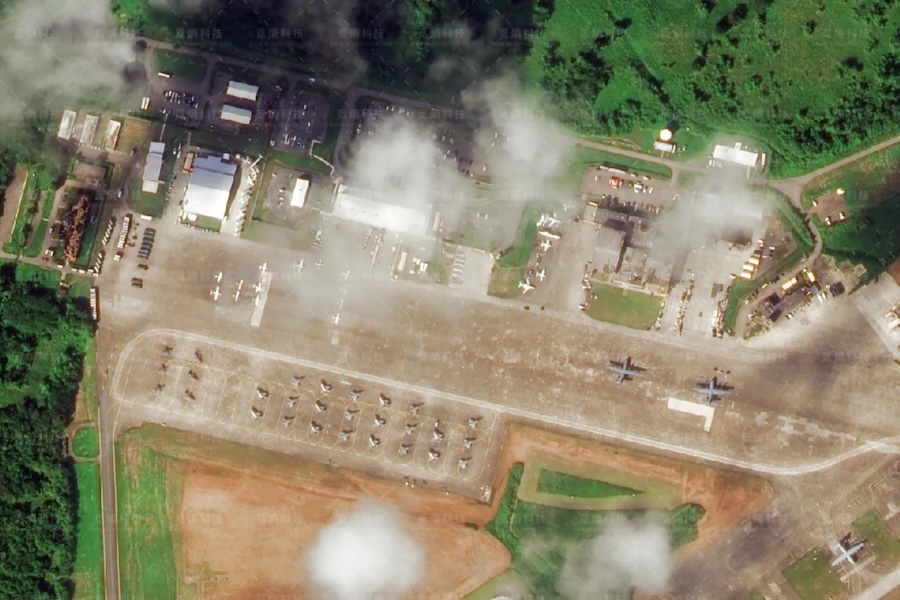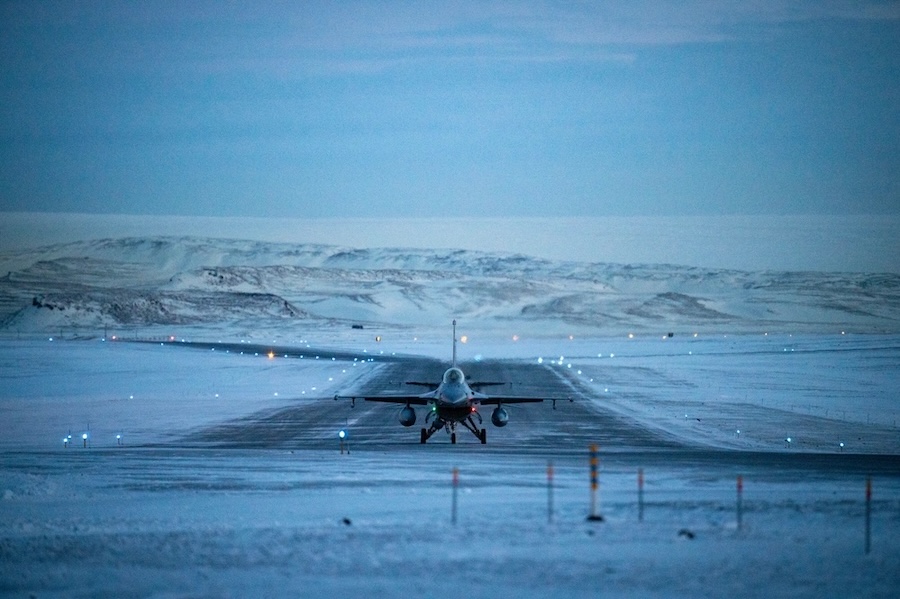The aim of the initiative is to develop and improve CUAS responses to fast-evolving aerial threats on the modern battlefield. DroneShield’s technology plays a central role in these efforts, contributing its combat-proven systems to the exercise.
With over 11 years of dedicated experience in CUAS development, DroneShield has deployed nearly 4,000 units in more than 40 countries. Its equipment has been in operational use in Ukraine since the start of the conflict, highlighting its field-tested reliability.
Tom Branstetter, Vice President of Business Development and Sales at DroneShield, stated: “CUAS is no longer optional—it’s essential. We see exercises like Project FlyTrap as crucial to testing technology before it gets into the warfighter’s hands.”
He added: “We’re honoured that our technology is playing a role in shaping the future of CUAS operations and supporting the mission readiness of our allied forces.” Project FlyTrap reflects NATO allies’ continued focus on counter-drone innovation in response to current and emerging threats.
Through this exercise, DroneShield reaffirms its role as a trusted defence partner and a key enabler of future-ready security solutions. The company’s participation underlines its strategic importance in strengthening multinational cooperation in aerial threat defence.
DroneShield is a publicly listed Australian company, headquartered in Sydney and Warrenton, Virginia. Its solutions are built around technologies including radio frequency sensing, artificial intelligence, sensor fusion, electronic warfare, and military-grade manufacturing.



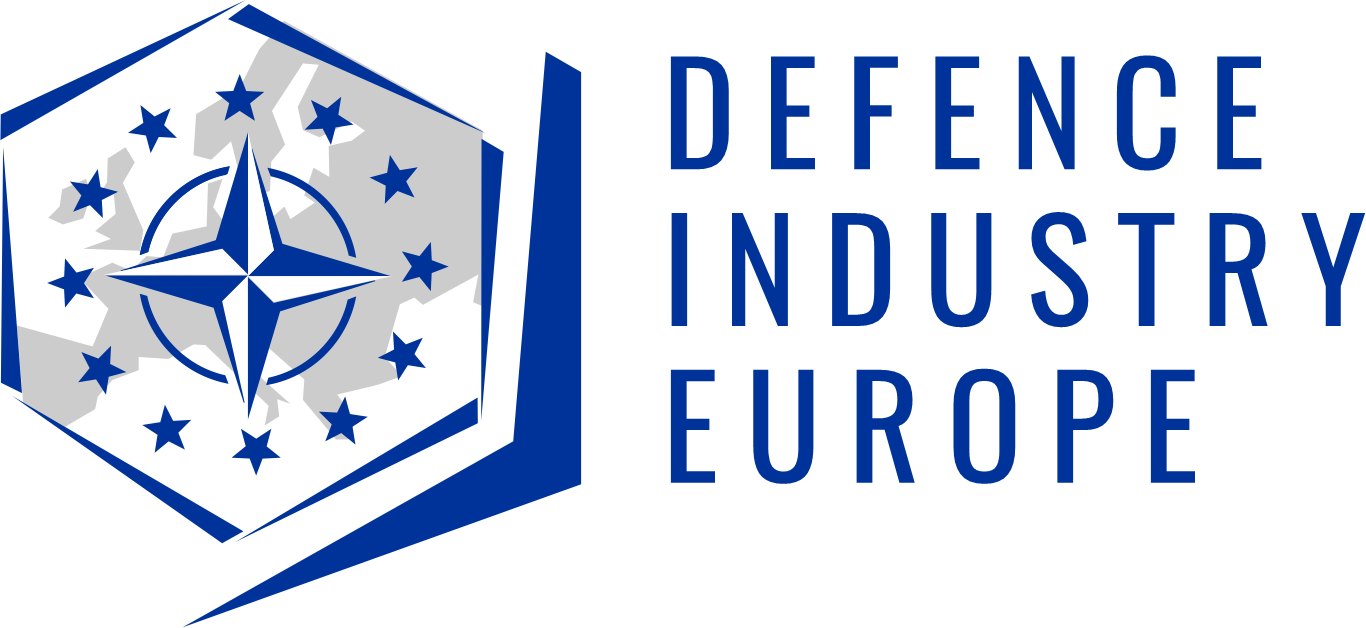
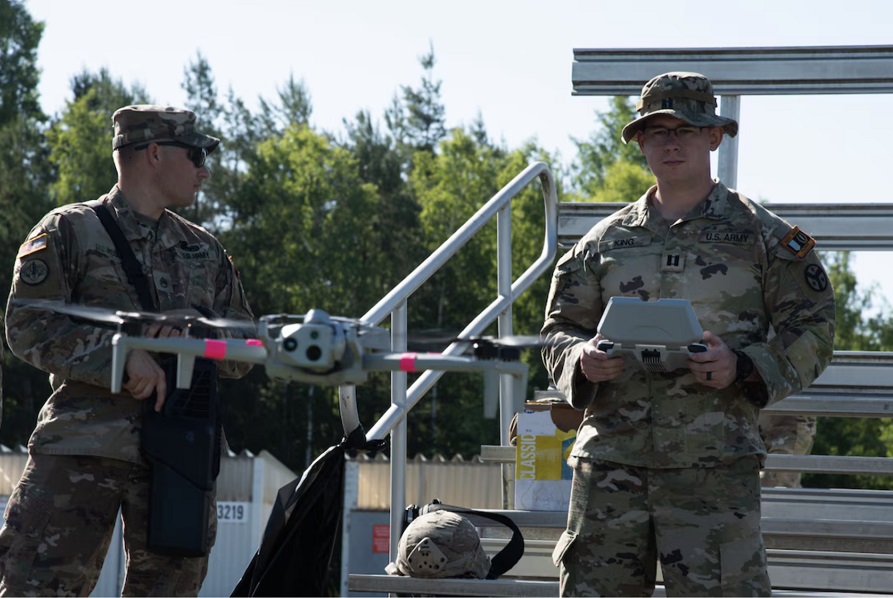



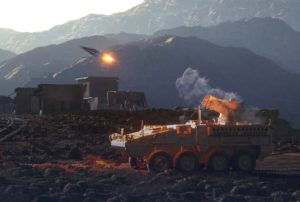

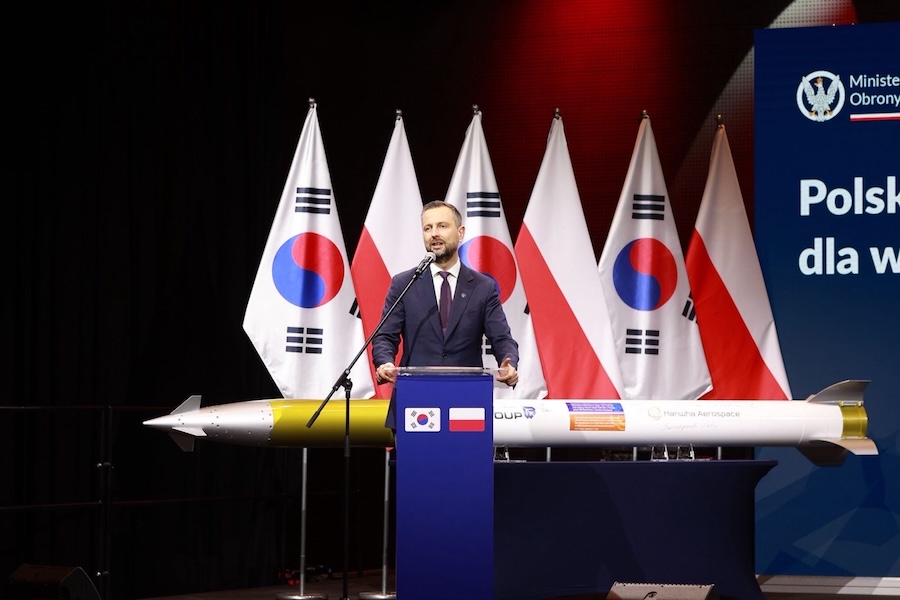
![ASELSAN’s Tolun bunker-buster destroys helicopter beneath concrete in successful Akinci test firing [VIDEO]](https://defence-industry.eu/wp-content/uploads/2025/12/aselsans-tolun-bunker-buster-destroys-helicopter-beneath-concrete-in-successful-akinci-test-firing-video.jpg)
